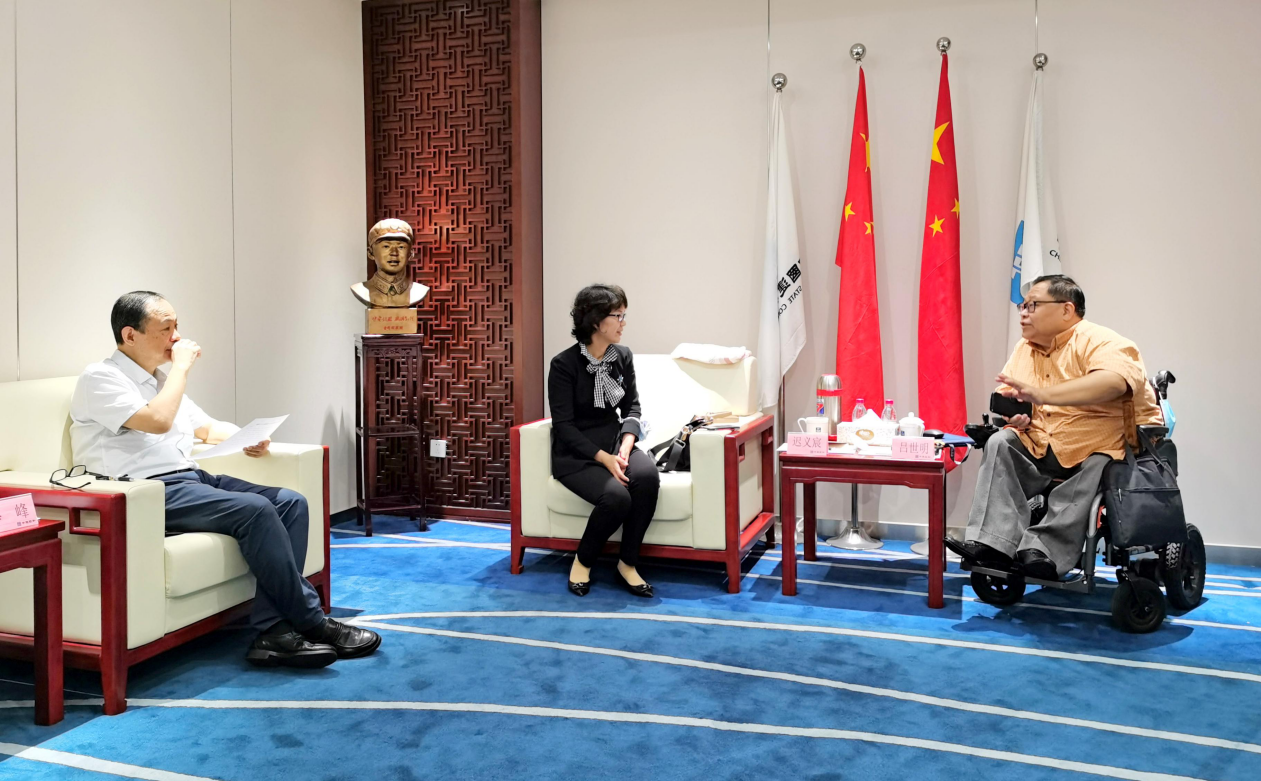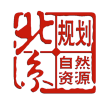In response to the call of China Disabled Persons’ Federation (CDPF), the Urban Design Division of the Beijing Municipal Commission of Planning and Natural Resources worked in association with the Beijing Disabled Persons’ Federation, China Construction Engineering Design Group and Tsinghua University Institute for Accessibility Development, and jointly planned the promotion and implementation of the Beijing Regulations on Barrier Free Environment Construction(hereinafter referred to as “the Regulations”). A meeting was held recently to discuss how to advance high-quality accessibility facilities, serve urban renewal and build an all-age friendly barrier-free environment with humanistic spirit during the 14th Five-Year Plan period. Vice President of the CDPF Mr. Lu Shiming attended the meeting.
On September 24, the Standing Committee of the 15thBeijing Municipal People’s Congress adopted the Regulations at its 33rdmeeting, which entered into effect on November 1 this year. The Regulations consists of forty-three articles under six chapters, and aims at enhancing barrier-free environment, ensuring equal participation in social life, improving the friendly habitat environment and advancing social civilization. As an amendment to the former Regulations on the Construction and Management of Barrier-Free Facilities in Beijing, the Regulations has updated the concept of barrier-free environment construction; added the content of barrier-free environment construction; improved the management mechanism and laid out the supervision system for barrier-free environment construction.
Participants elaborated on how to promote the barrier-free environment in Beijing from both macro and micro perspectives:
1. At the national level: align the work with the 14th Five-Year Plan and set the target for accessibility; support related legislative work at the Municipal People’s Congress and incorporate the work achievement into the accessibility section of the “Blue Book”.
2. At the municipal level: align all related work to the Regulations, make special planning about the accessibility environment building at all 16 districts; streamline the accessibility strategies and categories of different districts.
3. At the implementation leve: the main objective of the work is to implement the newly released “Regulations”, which covers barrier-free demonstration projects, pilot project certification, and special budget calculations, etc.
The meeting called on all stakeholders to focus on the implementation of the “Regulations”, to build the hallmark of Beijing as a kind capital city and benchmark with advanced practices globally. The meeting set the goal to build a best-in-class living environment and serve the Beijing’s urban renewal work with high-quality, delicacy management of barrier-free environment management, and to help build Beijing into a first-class, harmonious and livable city in the world.



